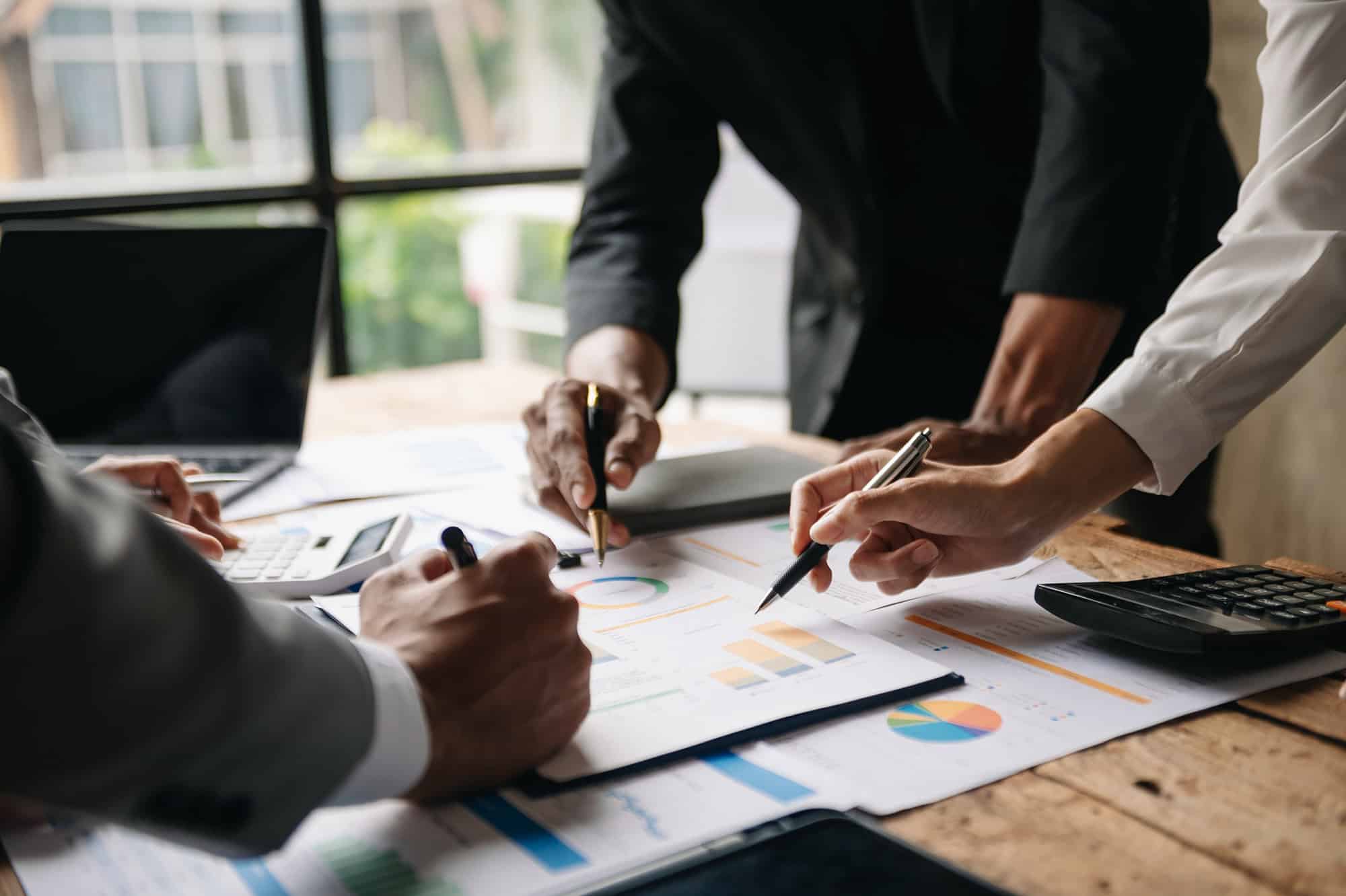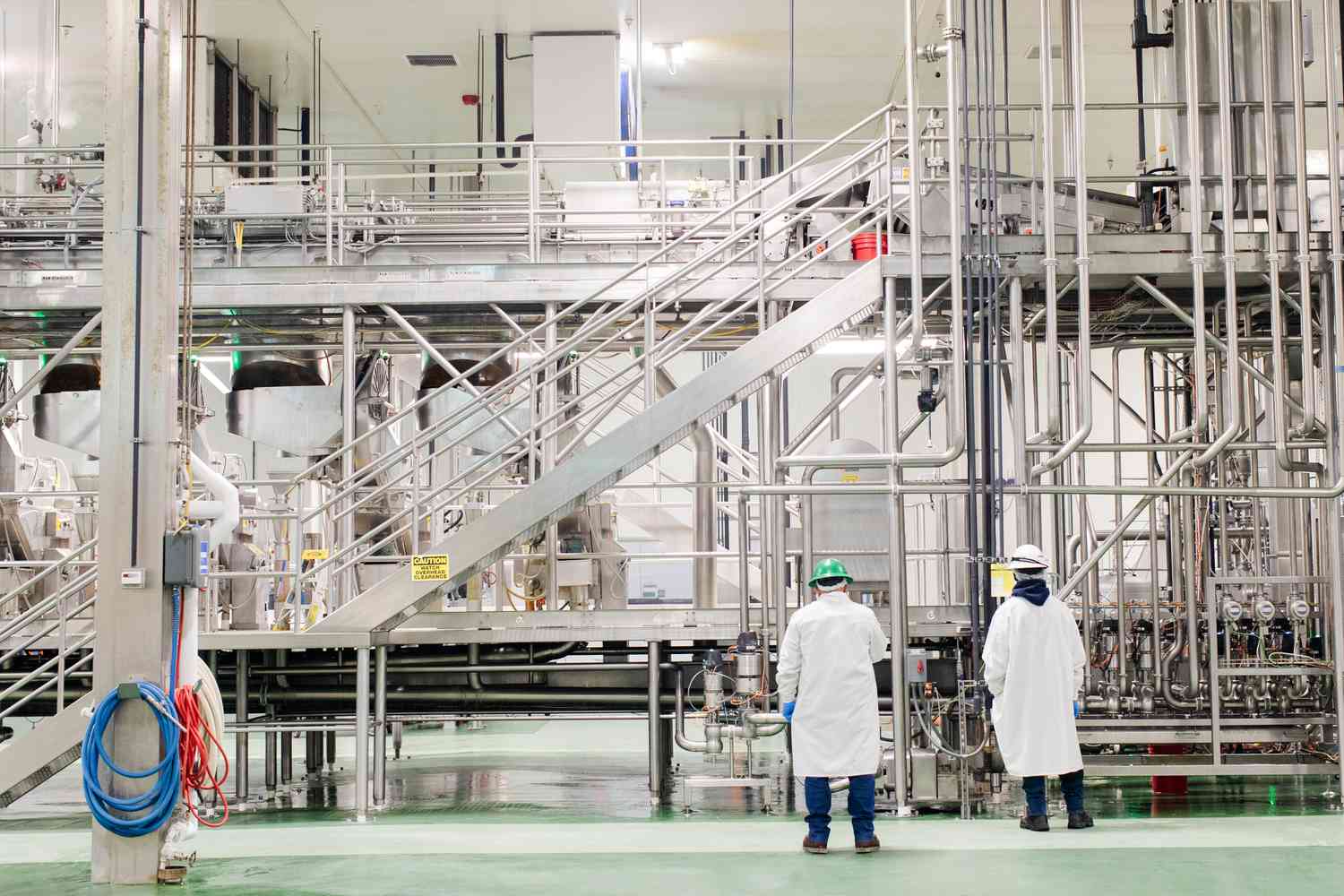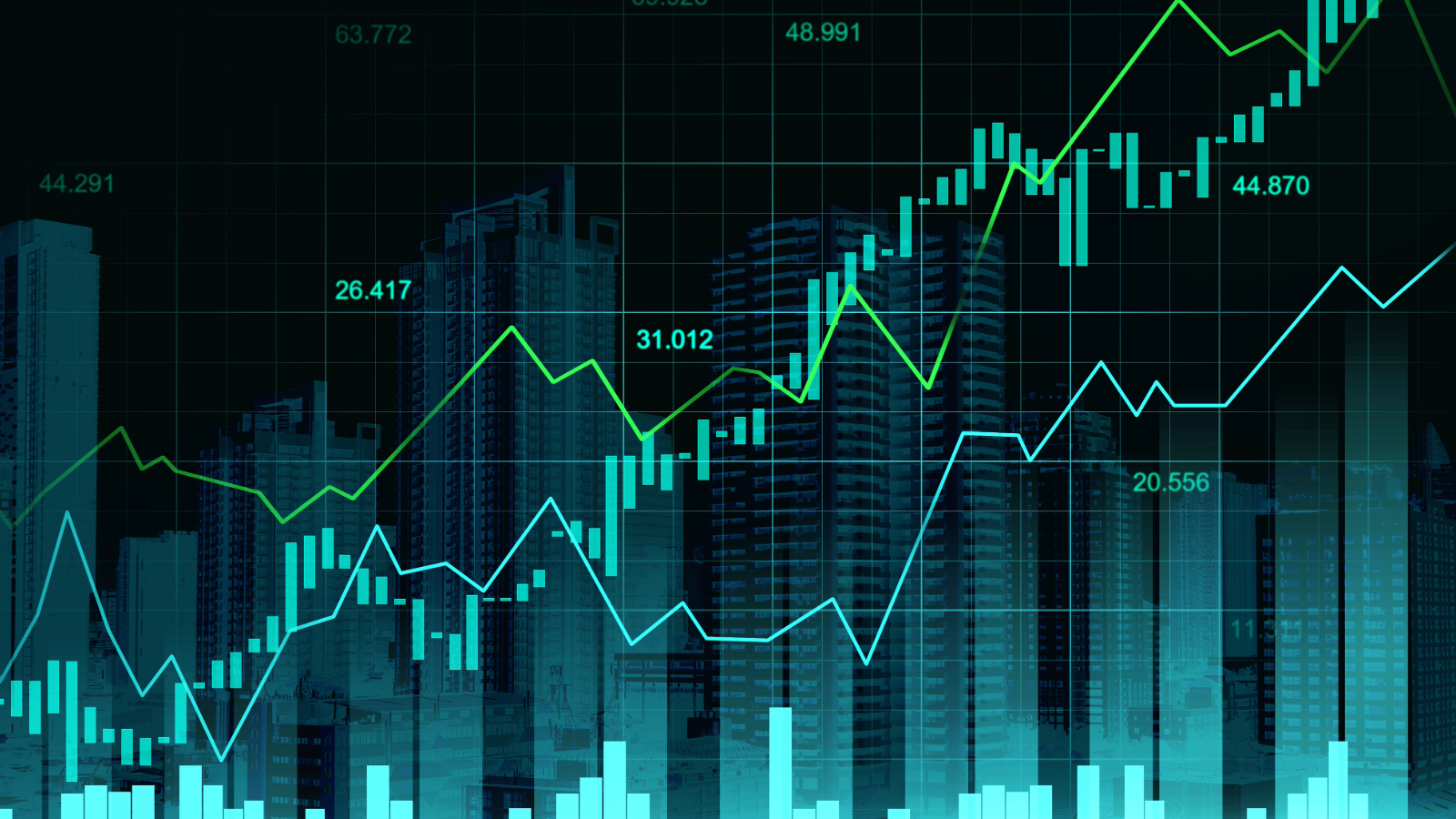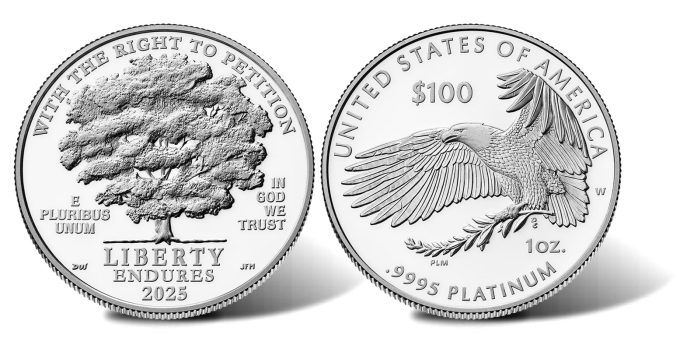Weekly Stock Grader: Upgrades & Downgrades for 164 Blue Chips
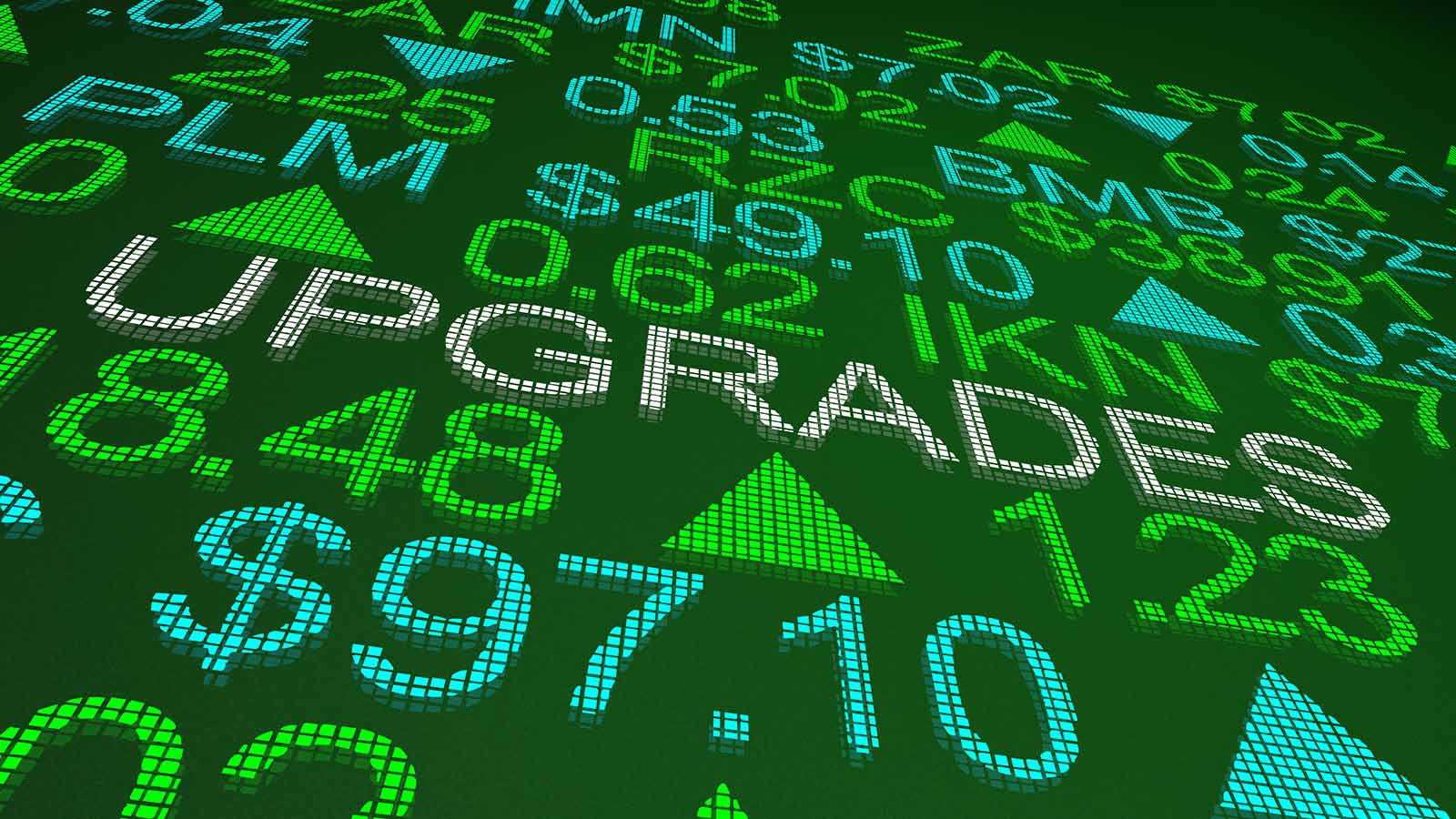
Are your holdings on the move? See my updated ratings for 164 stocks.

Source: iQoncept/Shutterstock.com
During these busy times, it pays to stay on top of the latest profit opportunities. And today’s blog post should be a great place to start. After taking a close look at the latest data on institutional buying pressure and each company’s fundamental health, I decided to revise my Stock Grader recommendations for 164 big blue chips. Chances are that you have at least one of these stocks in your portfolio, so you may want to give this list a skim and act accordingly.
Upgraded: Buy to Strong Buy
| Symbol | Company Name | Quantitative Grade | Fundamental Grade | Total Grade |
|---|---|---|---|---|
| ADP | Automatic Data Processing, Inc. | A | C | A |
| AFL | Aflac Incorporated | A | B | A |
| AON | Aon Plc Class A | A | B | A |
| BRO | Brown & Brown, Inc. | A | C | A |
| COST | Costco Wholesale Corporation | A | C | A |
| CQP | Cheniere Energy Partners, L.P. | A | C | A |
| ED | Consolidated Edison, Inc. | A | C | A |
| EQH | Equitable Holdings, Inc. | A | B | A |
| KO | Coca-Cola Company | A | C | A |
| MKC | McCormick & Company, Incorporated | A | C | A |
| NRG | NRG Energy, Inc. | A | B | A |
| PODD | Insulet Corporation | A | B | A |
| RSG | Republic Services, Inc. | A | C | A |
| SAN | Banco Santander S.A. Sponsored ADR | A | B | A |
| V | Visa Inc. Class A | A | C | A |
| WTW | Willis Towers Watson Public Limited Company | A | C | A |
| XPEV | XPeng, Inc. ADR Sponsored Class A | A | C | A |
Downgraded: Strong Buy to Buy
| Symbol | Company Name | Quantitative Grade | Fundamental Grade | Total Grade |
|---|---|---|---|---|
| AU | Anglogold Ashanti PLC | A | C | B |
| CAVA | CAVA Group, Inc. | B | B | B |
| CHWY | Chewy, Inc. Class A | A | C | B |
| CPNG | Coupang, Inc. Class A | A | C | B |
| DOCU | DocuSign, Inc. | B | B | B |
| FWONK | Liberty Media Corp. Series C Liberty Formula One | A | D | B |
| JD | JD.com, Inc. Sponsored ADR Class A | A | B | B |
| MELI | MercadoLibre, Inc. | B | B | B |
| MS | Morgan Stanley | A | B | B |
| NTRA | Natera, Inc. | A | C | B |
| NTRS | Northern Trust Corporation | A | B | B |
| PEG | Public Service Enterprise Group Inc | A | C | B |
| SO | Southern Company | A | C | B |
| UTHR | United Therapeutics Corporation | A | C | B |
| VST | Vistra Corp. | A | B | B |
Upgraded: Hold to Buy
| Symbol | Company Name | Quantitative Grade | Fundamental Grade | Total Grade |
|---|---|---|---|---|
| AIG | American International Group, Inc. | B | C | B |
| AIZ | Assurant, Inc. | B | C | B |
| AMGN | Amgen Inc. | B | C | B |
| BAP | Credicorp Ltd. | B | C | B |
| BMO | Bank of Montreal | B | B | B |
| BSAC | Banco Santander-Chile Sponsored ADR | C | B | B |
| BURL | Burlington Stores, Inc. | B | B | B |
| BX | Blackstone Inc. | B | B | B |
| CB | Chubb Limited | B | C | B |
| CL | Colgate-Palmolive Company | B | C | B |
| COR | Cencora, Inc. | B | C | B |
| CPAY | Corpay, Inc. | B | C | B |
| CTVA | Corteva Inc | B | C | B |
| ELS | Equity LifeStyle Properties, Inc. | B | C | B |
| FICO | Fair Isaac Corporation | B | C | B |
| HDB | HDFC Bank Limited Sponsored ADR | B | C | B |
| HEI | HEICO Corporation | A | B | B |
| IHG | InterContinental Hotels Group PLC Sponsored ADR | B | C | B |
| L | Loews Corporation | B | C | B |
| LLY | Eli Lilly and Company | B | B | B |
| MCK | McKesson Corporation | B | C | B |
| NTNX | Nutanix, Inc. Class A | B | B | B |
| NWS | News Corporation Class B | B | B | B |
| PAYC | Paycom Software, Inc. | B | B | B |
| PCTY | Paylocity Holding Corp. | B | C | B |
| PFE | Pfizer Inc. | B | B | B |
| SCI | Service Corporation International | B | C | B |
| SNA | Snap-on Incorporated | B | C | B |
| SNN | Smith & Nephew plc Sponsored ADR | B | C | B |
| TDY | Teledyne Technologies Incorporated | B | C | B |
| TRI | Thomson Reuters Corporation | B | C | B |
| TRV | Travelers Companies, Inc. | B | C | B |
| VICI | VICI Properties Inc | B | C | B |
| VLTO | Veralto Corporation | B | C | B |
| VZ | Verizon Communications Inc. | B | C | B |
| WBD | Warner Bros. Discovery, Inc. Series A | B | D | B |
| WCN | Waste Connections, Inc. | B | D | B |
| WTRG | Essential Utilities, Inc. | B | C | B |
| YUM | Yum! Brands, Inc. | B | C | B |
| YUMC | Yum China Holdings, Inc. | B | C | B |
Downgraded: Buy to Hold
| Symbol | Company Name | Quantitative Grade | Fundamental Grade | Total Grade |
|---|---|---|---|---|
| ANET | Arista Networks, Inc. | C | B | C |
| AVGO | Broadcom Inc. | C | C | C |
| BCH | Banco de Chile Sponsored ADR | B | C | C |
| CART | Maplebear Inc. | C | B | C |
| COIN | Coinbase Global, Inc. Class A | C | B | C |
| DLR | Digital Realty Trust, Inc. | C | B | C |
| DUOL | Duolingo, Inc. Class A | B | C | C |
| EME | EMCOR Group, Inc. | C | B | C |
| EOG | EOG Resources, Inc. | C | C | C |
| FIS | Fidelity National Information Services, Inc. | C | C | C |
| FLEX | Flex Ltd | C | B | C |
| HUBS | HubSpot, Inc. | C | C | C |
| KB | KB Financial Group Inc. Sponsored ADR | C | B | C |
| PYPL | PayPal Holdings, Inc. | C | C | C |
| RACE | Ferrari NV | C | B | C |
| RIVN | Rivian Automotive, Inc. Class A | C | C | C |
| SRE | Sempra | C | D | C |
| SU | Suncor Energy Inc. | B | C | C |
| SW | Smurfit Westrock PLC | B | C | C |
| TSLA | Tesla, Inc. | B | D | C |
| WAT | Waters Corporation | C | C | C |
| ZM | Zoom Communications, Inc. Class A | C | C | C |
| ZTO | ZTO Express (Cayman), Inc. Sponsored ADR Class A | C | C | C |
Upgraded: Sell to Hold
| Symbol | Company Name | Quantitative Grade | Fundamental Grade | Total Grade |
|---|---|---|---|---|
| ABEV | Ambev SA Sponsored ADR | D | B | C |
| AFG | American Financial Group, Inc. | C | C | C |
| ALLE | Allegion Public Limited Company | D | C | C |
| BIDU | Baidu, Inc. Sponsored ADR Class A | D | B | C |
| BMRN | BioMarin Pharmaceutical Inc. | D | B | C |
| BUD | Anheuser-Busch InBev SA/NV Sponsored ADR | C | C | C |
| CVS | CVS Health Corporation | C | C | C |
| EA | Electronic Arts Inc. | C | C | C |
| ESTC | Elastic NV | C | C | C |
| EW | Edwards Lifesciences Corporation | D | C | C |
| FAST | Fastenal Company | C | C | C |
| GSK | GSK plc Sponsored ADR | D | B | C |
| HD | Home Depot, Inc. | D | C | C |
| INTU | Intuit Inc. | D | B | C |
| INVH | Invitation Homes, Inc. | C | C | C |
| ITW | Illinois Tool Works Inc. | C | C | C |
| LHX | L3Harris Technologies Inc | D | C | C |
| LIN | Linde plc | C | C | C |
| LOW | Lowe’s Companies, Inc. | C | C | C |
| MSCI | MSCI Inc. Class A | C | D | C |
| NOC | Northrop Grumman Corp. | C | C | C |
| PEP | PepsiCo, Inc. | C | C | C |
| PFGC | Performance Food Group Co | C | D | C |
| PLD | Prologis, Inc. | D | B | C |
| PRU | Prudential Financial, Inc. | C | D | C |
| ROP | Roper Technologies, Inc. | C | C | C |
| RYAAY | Ryanair Holdings PLC Sponsored ADR | C | B | C |
| SHW | Sherwin-Williams Company | C | C | C |
| SJM | J.M. Smucker Company | C | D | C |
| SLF | Sun Life Financial Inc. | C | D | C |
| SNOW | Snowflake, Inc. Class A | D | B | C |
| SRPT | Sarepta Therapeutics, Inc. | D | C | C |
| STE | STERIS plc | C | C | C |
| STLD | Steel Dynamics, Inc. | C | D | C |
| TEL | TE Connectivity plc | C | C | C |
| XYL | Xylem Inc. | D | C | C |
| ZTS | Zoetis, Inc. Class A | D | C | C |
Downgraded: Hold to Sell
| Symbol | Company Name | Quantitative Grade | Fundamental Grade | Total Grade |
|---|---|---|---|---|
| A | Agilent Technologies, Inc. | D | C | D |
| ADM | Archer-Daniels-Midland Company | D | C | D |
| ASX | ASE Technology Holding Co., Ltd. Sponsored ADR | D | C | D |
| DELL | Dell Technologies, Inc. Class C | D | C | D |
| DKNG | DraftKings, Inc. Class A | D | C | D |
| DXCM | DexCom, Inc. | D | C | D |
| HRL | Hormel Foods Corporation | D | C | D |
| MNST | Monster Beverage Corporation | D | C | D |
| NTAP | NetApp, Inc. | D | C | D |
| OC | Owens Corning | D | D | D |
| OKTA | Okta, Inc. Class A | D | C | D |
| OVV | Ovintiv Inc | D | D | D |
| PBR.A | Petroleo Brasileiro SA Sponsored ADR Pfd | D | D | D |
| PSTG | Pure Storage, Inc. Class A | D | C | D |
| QCOM | QUALCOMM Incorporated | D | B | D |
| ROK | Rockwell Automation, Inc. | D | C | D |
| SUZ | Suzano SA Sponsored ADR | D | D | D |
| TECK | Teck Resources Limited Class B | D | C | D |
| WDC | Western Digital Corporation | D | C | D |
Upgraded: Strong Sell to Sell
| Symbol | Company Name | Quantitative Grade | Fundamental Grade | Total Grade |
|---|---|---|---|---|
| ARE | Alexandria Real Estate Equities, Inc. | F | C | D |
| AVY | Avery Dennison Corporation | F | C | D |
| JBHT | J.B. Hunt Transport Services, Inc. | F | C | D |
| MRK | Merck & Co., Inc. | F | C | D |
| NDSN | Nordson Corporation | F | C | D |
| NUE | Nucor Corporation | F | C | D |
| TXT | Textron Inc. | F | C | D |
| WDS | Woodside Energy Group Ltd Sponsored ADR | F | C | D |
| WLK | Westlake Corporation | F | C | D |
Downgraded: Sell to Strong Sell
| Symbol | Company Name | Quantitative Grade | Fundamental Grade | Total Grade |
|---|---|---|---|---|
| DG | Dollar General Corporation | F | C | F |
| ICLR | ICON Plc | F | C | F |
| SNPS | Synopsys, Inc. | F | C | F |
To stay on top of my latest stock ratings, plug your holdings into Stock Grader, my proprietary stock screening tool. But, you must be a subscriber to one of my premium services. Or, if you are a member of one of my premium services, you can go here to get started.
Sincerely,


Louis Navellier
Editor, Market 360
Article printed from InvestorPlace Media, https://investorplace.com/market360/2025/03/20250303-blue-chip-upgrades-downgrades/.
©2025 InvestorPlace Media, LLC
